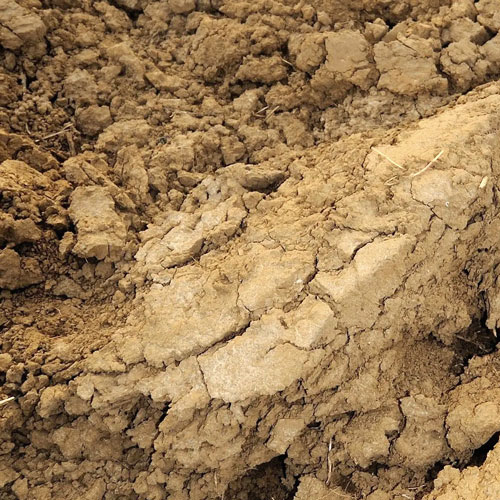Cabernet Sauvignon
block №1
Cabernet Sauvignon is grown at the very top of the Semisam Mountain range. Grapevines stay continuously under direct sunlight whereas cold air goes down to the foothill and remains the temperature of the peak almost unchanged.
Cabernet Sauvignon
block №2
The northern face of the mountain is headed out towards the sea and blown by the salty winds. This is the reason why Cabernet Sauvignon planting on this area displays a taste of sea salt.
Cabernet Sauvignon
block №3
Cabernet Sauvignon from the southern face of the mountain is more pronounced on the palate which is enriched by the stratified alluvial soils.
Merlot
block №4
Merlot vineyards has steep slope thus precipitations cannot be accumulated in the soil and cause any harm to grapevines. Precipitation water runs downwards forming a stream. Consequently, grapevine roots are saturated with water and aerated at the same time
Cabernet Franc
block №5
The cold-hardy block of Cabernet Franc is located at 220 meters above sea level next to the ravine Kolodya where wild boars live.
Cabernet Franc
block №6
Cabernet Franc is well adapted to moderately cold climates however it shows very low drought tolerance. Foothill is a perfect location with moderate humidity and foggy mornings.
Sauvignon Blanc
block №7
Rocks are the most ascetic area of winery. Severe environment and stony soil are ideal conditions for growing Sauvignon Blanc.
Chardonnay
block №8
Soil of the rock has been composed from decayed shellfish and sea creatures that inhabited the sea million years ago. Limestone offers long-lived and acid wines. Just a perfect area for a remarkable Chardonnay.
Merlot
block №9
Merlot likes sufficient humidity however excess moisture can lead to mold growth on this thin-skinned grape variety. Drainage is a must, and this can be achieved on this area with well aerated soil.
Krasnostop
block №10
Krasnostop is a Russian autochtone or indigenous grape variety. And most probably it has genetic memory. Krasnostop has successfully assimilated on the sea coast and reveals gentle flavors of plum and coffee
Pinot Noir
block №11
A delicate Pinot Noir originating from this well and evenly moistened vineyard specifically needs a gravity-flow way of winemaking. Use of pumps can damage a nuanced aroma of this variety.
Krasnostop
block №12
This block of Krasnostop grape variety is not large and it was founded in 2014. Despite it is quite young, this variety ripens earlier and displays more fullness on palate.
Merlot
block №13
There are a lot of minerals in the soil of the Merlot block such as calcium, potassium and magnesium. It helps the grape vine to become stronger and have greater longevity. Wine is very aristocratic, full-bodied with soft acidity level
Sauvignon Blanc
block №14
Sauvignon Blanc has a very distinctive feature to reflect a terroir and at the same time to remain its unique and complicated character. The soils of “Skalisty Bereg” endow it with easily recognizable aroma of the rocky shore and field herbs.
Riesling
block №15
Riesling is a Germany originated grape variety which enjoys the cool weather. It takes a long time to mature and keep the right balance. Thus the block is located on the wind-blown plateau
Chardonnay
block №16
Chardonnay is planted in the rocky soils with intrusion of pebbles and shales. Solid rocks are heated under the sun and stay warm even at nights enriching soil with minerals. Wine is intense and full-bodied




